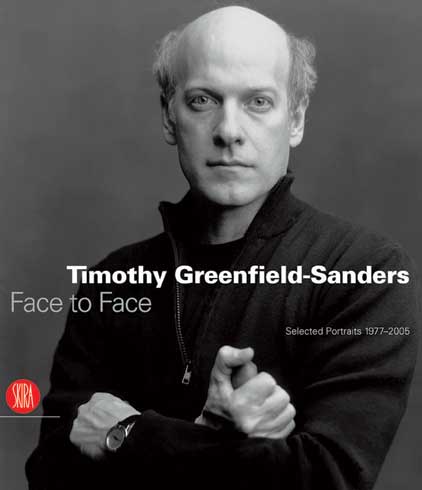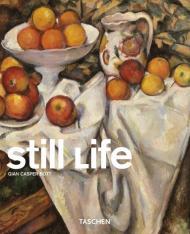Louise Bourgeois, Ann Hamilton, Willem de Kooning, Robert Rauschenberg, Roy Lichtenstein, Robert Mapplethorpe, Keith Haring, Richard Meier, Daniel Libeskind, Zaha Hadid, James Watson, Nicole Kidman, Dennis Hopper, Vanessa Redgrave, Glenn Close, Dennis Quaid, John Malkovich, John Huston, Steven Spielberg, Martin Scorsese, Spike Lee, Salman Rushdie, Gary Indiana, Gore Vidal, David Bowie, Lou Reed, Steve Tyler and B.B. King. A rich gallery of artists, architects, writers, scientists, actors, directors, musicians, singers and business people in these portraits taken by the great American photographer between the seventies and today.
“Timothy Greenfield-Sanders works on the portrait like a painter of another age. Thanks to his 11 x 14 inch Fulmer & Schwing, an old wooden box dated 1905, which he uses as if he were using palette and brush, he produces portraits that are detailed but not psychological. This way he shows that it is possible to create portraits of people without pathos yet revealing their soul all the same.
Greenfield-Sanders is not interested in the fleeting moment; he is interested in the limited time of a sitting. He asks little of his subjects, he lets them take on a natural portrait posture, he offers few suggestions and lets the composition come emerge on its own. Those who pose for him are offered his seat, the same seat each subject sits on and where each subject has left a part of himself or herself. In this he is not a modern portrait artist, like the painter Lucian Freud, who, working with the dramatic quality of his subject adds so much of his own that he transforms it into abstraction.
Some works by Greenfield-Sanders could seem to be hyperrealist, but his eye looks more towards the European tradition. His recent use of the diptych also indicates this. His attention is focused on celebrities, popular icons, as were Rembrandt and Velбzquez in their day, portraying the great figures of their time; perhaps a turning point in his future development would be to take a look at ordinary, anonymous people, as Caravaggio had done.
This attention to popular icons likens Greenfield-Sanders to Warhol, whom he admires. Yet he does not rehash Warhols poetic language: the genial Andy used a Polaroid, a modern means that was devoid of expressive qualities and required no know-how: anyone can take a Polaroid; Greenfield-Sanders, on the other hand, uses a sophisticated wooden camera which gives his images that specific character that distinguishes his unmistakable personality.
In his black and white portraits Greenfield-Sanders comes very close to the imagery of cinema, some close-ups recall Fritz Lang. His strength lies in his will not to invent a photographic form. In colour he searches for his subject, the strength of tones and contrasts, he seeks the perfection of chromatic quality and combinations that can be astonishing. For example the beautiful portrait of Nicole Kidman, where the red material of her dress, the unlit red background and the rosy colour of the face blend together bringing eyes and hands to the fore.
Undoubtedly one of Greenfield-Sanders’s greatest merits is his being able to limit the distance that separates the portrait from the observer. Not everyone can do this (Mimmo Paladino)
Timothy Greenfield-Sanders was born in Miami Beach, Florida in 1952. He studied at Columbia University, New York, where he graduated in History of Art in 1974. He attended the American Film Institute in Los Angeles and, in 1977, he received a specialised diploma in Fine Arts. He lives and works in New York.

